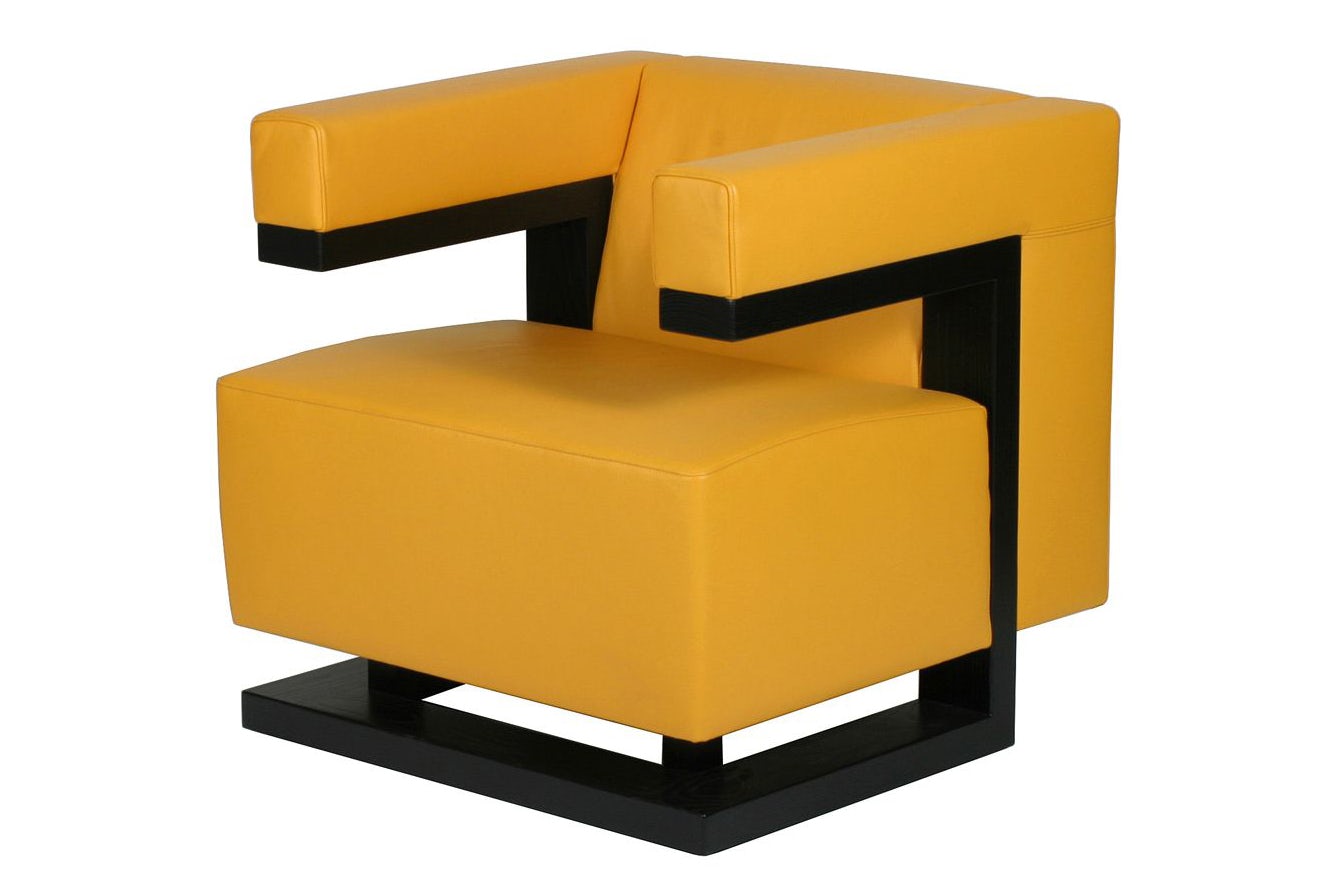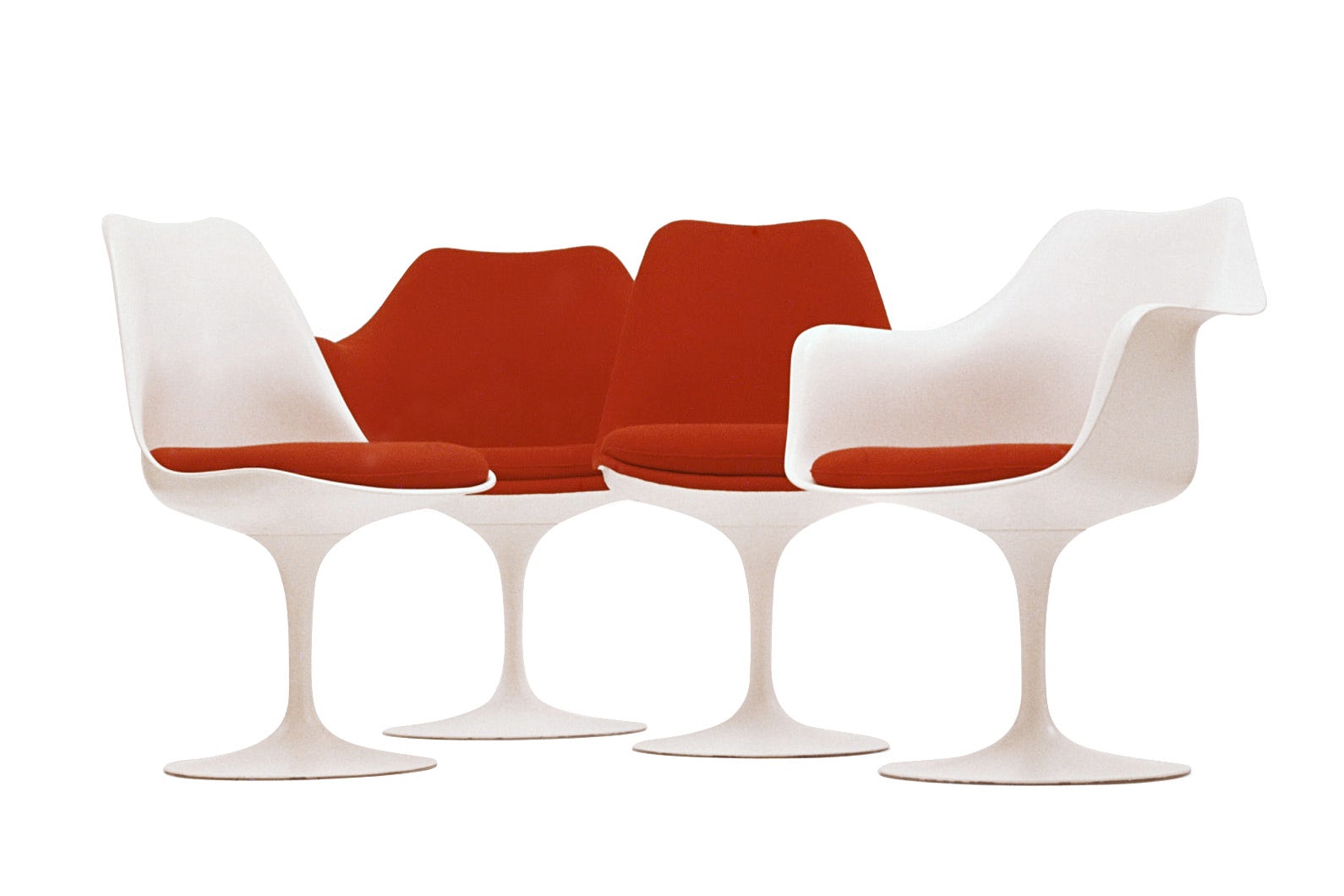“A chair is a very difficult object. A skyscraper is almost easier. That is why Chippendale is famous.”
Ludwig Mies Van Der Rohe’s quip perfectly epitomizes the challenges of product design, which share a range of contrasts and commonalities with those faced by architects shaping the built environment. Daniel Libeskind presented his latest foray into this field last week, with the opening of Mons International Congress Xperience to the public in Belgium. The architect designed luxury auditorium seating in collaboration with Poltrona Frau Contract, with the chairs displaying an angular style and bold color scheme in keeping with the Congress Center’s sleek aesthetic.


Via Inhabitat
The field of furniture design has always appealed to those architects who possess a preoccupation with details: the beauty of a well-considered threshold, the point at which glass meets window frame, or carefully crafted door handle.
It is perhaps unsurprising, then, that many prominent architects have ventured into the realm of chair design throughout recent history, exercising their unrelenting desire to meld the visceral wonders of art with the functional qualities of good design. As they make the leap from one scale to another, their chairs frequently read as a microcosm of their architectural philosophies. Here are seven chairs that encapsulate the many facets of modern architecture – and the stories behind them.

Via Malik Gallery
Armchair No. F51 | Walter Gropius | 1920
Shortly after the opening of the Bauhaus school of design in 1919, Walter Gropius conceived a chair in line with the distinctive formal qualities of its eponymous design movement, which is widely considered the wellspring of the Modernist movement in architecture. Various iterations of the chair were produced, with the base being made from either ash or walnut — timber chosen for its hardwearing qualities — and the seat being upholstered in different colors to match Gropius’ minimalist Bauhaus interiors.

Via Mod Restoration
Barcelona Chair | Ludwig Mies Van Der Rohe | 1929
As Van der Rohe was himself gearing up to take over the reins as director at the Bauhaus, he conceived what is perhaps the most iconic example of an architect-designed chair. Originally created for the German Pavilion at the International Exposition of 1929 in Spain, the Barcelona Chair formed an unusual departure from typical Bauhaus principles pertaining to the provision of manufactured furnishings for the “common man” — it was designed for the Spanish Royalty to oversee the opening ceremony of the Exposition, and was handcrafted using luxury materials, with the originals including ivory-colored pigskin covers.

Via Imgkid
Paimio Chair | Alvar Aalto | 1932
Softer and warmer in both form and materiality, Aalto’s Paimio Chair — which grew into Artek, the full-fledged furniture company founded by the architect in 1935 — pushed the flexible qualities of plywood to its limits. Since the chair was designed for a tuberculosis institution in Finland, its ergonomics were considered thoroughly — the angle of the back was intended to help patients breathe more easily. The chair is such a design icon that it part of the permanent collection at MoMA in New York, as well as the Finnish design museum.

Via Wikipedia
Tulip Armless Chair | Eero Saarinen | 1956
An elegant ode to minimalism, Saarinen’s Tulip Chair was driven by a desire to reduce this everyday object down to a singular functional form. The architect’s own summary of his motives reads like a classic modernist manifesto: “The undercarriage of chairs and tables in a typical interior makes an ugly, confusing, unrestful world. I wanted to clear up the slum of legs. I wanted to make the chair all one thing again.”

Via Espasso
Alta Armchair | Oscar Niemeyer | 1971
Niemeyer designed the Alta Armchair in collaboration with his daughter, Anna Maria, and employs the same combination of curvaceous forms and sophisticated simplicity present in some of his most famous works of architecture. Unlike Saarinen’s Tulip, the Alta’s low back indicates that Niemeyer was less concerned by the ergonomics of a chair to be used for long periods of time and more interested in creating a beautiful object to dress an interior — akin to Van Der Rohe’s Barcelona Chair.

Via Archdaily
Z Chair | Zaha Hadid | 2011
While Hadid’s brand of sinuous parametric architecture has been met with polarized opinions, especially in recent times, it has brought her a huge number of commissions, and the amorphous Z Chair is a logical extension of her firm’s distinctive approach. Designed for the Sawaya & Moroni showroom in Milan, the Z Chair’s startling sculptural form illustrates the recent tendency of certain architecture firms to prioritize their recognizable style over more practical concerns of functionality and ergonomics.

© Joshua McHugh
Via Knoll
Washington Skeleton | David Adjaye | 2013
With his cantilevered Washington Skeleton chair, British architect David Adjaye sought to resolve the perpetual tug-of-war between the desire to create beautiful sculptural forms, and the need to consider those pragmatic requirements intrinsically linked to furniture design. Conceived as part of his collection for Knoll, the Washington is equal parts solid and void, and exists in a constant state of cantilevered tension — a form made possible by the inherent properties of its materials, die-cast aluminum, and copper plating.




